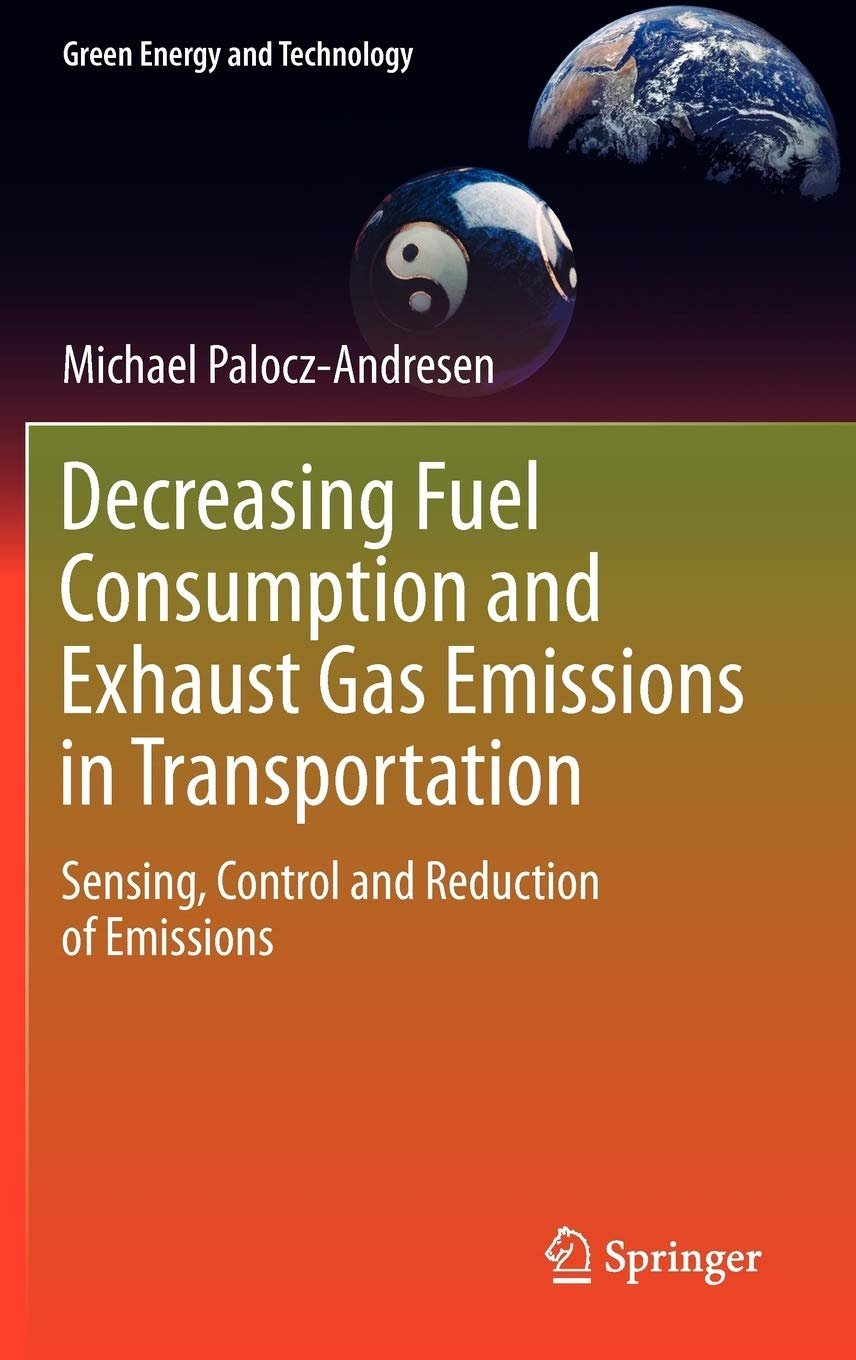Description
Computational Fluid Dynamics for Wind Engineering provides readers with a detailed overview of the use of computational fluid dynamics (CFD) in understanding wind loading on structures, a problem becoming more pronounced as urban density increases and buildings become larger. The work emphasizes the application of CFD to practical problems in wind loading and helps readers understand important associated factors such as turbulent flow around buildings and bridges.
The author, with extensive research experience in this and related fields, offers relevant and engaging practice material to help readers learn and retain the concepts discussed, and each chapter includes accessible summaries at the end. In addition, the use of the OpenFOAM tool—an open-source wind engineering application—is explored.
Computational Fluid Dynamics for Wind Engineering covers topics such as:
- Fluid mechanics, turbulence in fluid mechanics, turbulence modelling, and mathematical modelling of wind engineering problems
- The finite difference method for CFD, solutions to the incompressible Navier-Stokes equations, visualization, and animation in CFD, and the application of CFD to building and bridge aerodynamics
- How to compare CFD analysis with wind tunnel measurements, field measurements, and the ASCE-7 pressure coefficients
- Wind effects and strain on large structures
Providing comprehensive coverage of how CFD can explain wind load on structures along with helpful examples of practical applications, Computational Fluid Dynamics for Wind Engineering serves as an invaluable resource for senior undergraduate students, graduate students, researchers and practitioners of civil and structural engineering.













Reviews
There are no reviews yet.